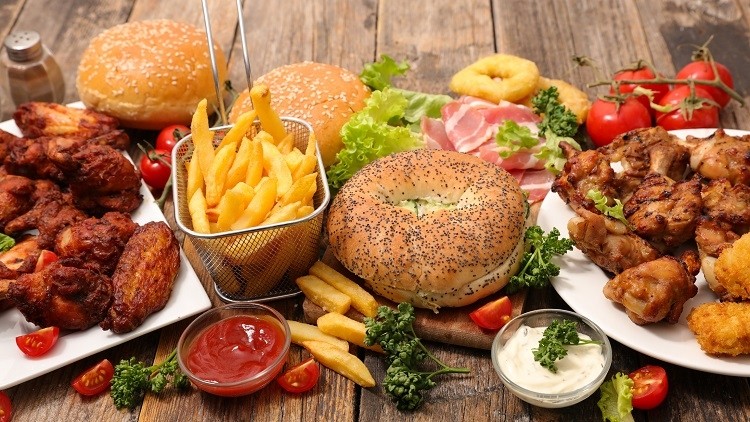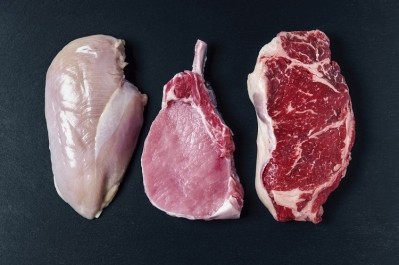Researchers call for rethink of WHO saturated fat draft guidelines

A group of international researchers have raised concerns regarding the World Health Organization (WHO)’s draft guidelines on saturated and trans-fatty acids.
In an analysis published in the British Medical Journal this month, the researchers argue the recommendations do does not address ‘considerable evidence’ suggesting that health effects of saturated fat vary depending on the fatty acid and food source.
Further, reducing total saturated fatty acids works against the intention of the guidelines, the researchers continued. “A food based translation of the recommendations for saturated fat intake would avoid unnecessary reduction or exclusion of foods that are key sources of important nutrients.”
The WHO on fat
The WHO published its draft guidelines on saturated fatty acids and trans-fatty acid intake for adults and children in May 2018. Its objective was to reduce the risk of cardiovascular diseases (CVDs).
Saturated fats are found in animal products such as butter, milk, egg yolks, meat, and some oily fish. It is also present in some plant-derived products, such as chocolate, nuts, coconut, and palm oil.
Trans-fatty acids can occur naturally – in meat and some dairy products – as well as synthetically, through the partial hydrogenation of vegetable and fish oils. In finished food products, trans-fatty acids can be found in baked and fried foods, pre-packaged snacks, and in partially hydrogenated cooking oils and fats.
High intakes of saturated fatty acids and trans-fatty acids have been identified as major causes of CVDs – with 2016 data revealing CVD as the leading cause of death globally.
In its draft guidelines, the WHO recommends that 10% or less of calories come from saturated fats and 1% or less from trans fats. The organisation advises that polyunsaturated and monounsaturated fats – both which are believed to reduce incidence of CVD – can be used as replacements.
Guidelines ‘fail to consider the importance of the food matrix’
One of the researchers’ key concerns is that advising to replace saturates and trans-fatty acids with polyunsaturated and monounsaturated substitutes “fails to take into account considerable evidence that the health effects vary for different fatty acids”, adding that “the composition of the food in which they are found is crucially important”.
Underpinning this argument is the fact that saturated fatty acids are found in a wide diversity of foods that vary in composition and structure. This, according to the researchers, results in different physiological effects. “Stearic acid in dark chocolate, palmitic acid in meat, and heptadecanoic acid in dairy products have completely different physiological effects,” the researchers explained.
Further, the food matrix in which the fatty acids exist can play a major role in how these fatty acids interact with out body, they continued. “Dairy products, for example, have very different compositions and milk fat structures. Full fat milk is a natural emulsion of fat globules enclosed in milk fat globule membrane, but when homogenised the fat droplets become much smaller and covered with proteins.
“Butter is a water in oil emulsion. Yoghurt is a fermented food containing live cultures, in which milk fat globules are dispersed in a gelled milk protein matrix. Cheese is one of the most complex dairy matrices. It is a fermented food containing live cultures, where fat is present in milk fat globules and sometimes as ‘fat free inclusions’.”
Unprocessed meat, processed meat and egg yolk that contains saturated fatty acids also vary in compositions and structures, as do processed foods such as pastries, biscuits, chocolate, and vegetable oils.
Time for a new approach?
By not taking these compositional and structural factors into consideration, the analysis argued the WHO’s recommendations are ‘not based on evidence’ and will “distract from other, more effective, food based recommendations”.
Specifically, the researchers raised concerns that reducing saturated fat intake might prompt consumers to reduce their consumption of nutrient dense foods that could actually help prevent against disease and improve health.
“We’re concerned that, based on several decades of experience, a focus on total saturated fat might have the unintended consequence of misleading governments, consumers, and industry towards promoting foods low in saturated fat but rich in refined sugar and starch.
“We strongly recommend a more food based translation of how to achieve a healthy diet and reconsideration of the draft guidelines on reduction in total saturated fatty acids.”
Source: The British Medical Journal (BMJ)
WHO draft guidelines on dietary saturated and trans fatty acids: time for a new approach?
Published online: 3 July 2019
DOI: https://doi.org/10.1136/bmj.l4137
Authors: Arne Astrup, Hanne CS Bertram, Jean-Philippe Bonjour, Lisette CP de Groot, Marcia C de Oliveira Otto, Emma L Feeney, Monahar Garg, Ian Givens, Frans J Kok, Ronald M Krauss, Benoît Lamarche, Jean-Michel Lecerf, Philippe Legrand, Michelle McKinley, Renata Micha, Marie-Caroline Michalski, Darius Mozaffarian, Sabita S Soedamah-Muthuî















